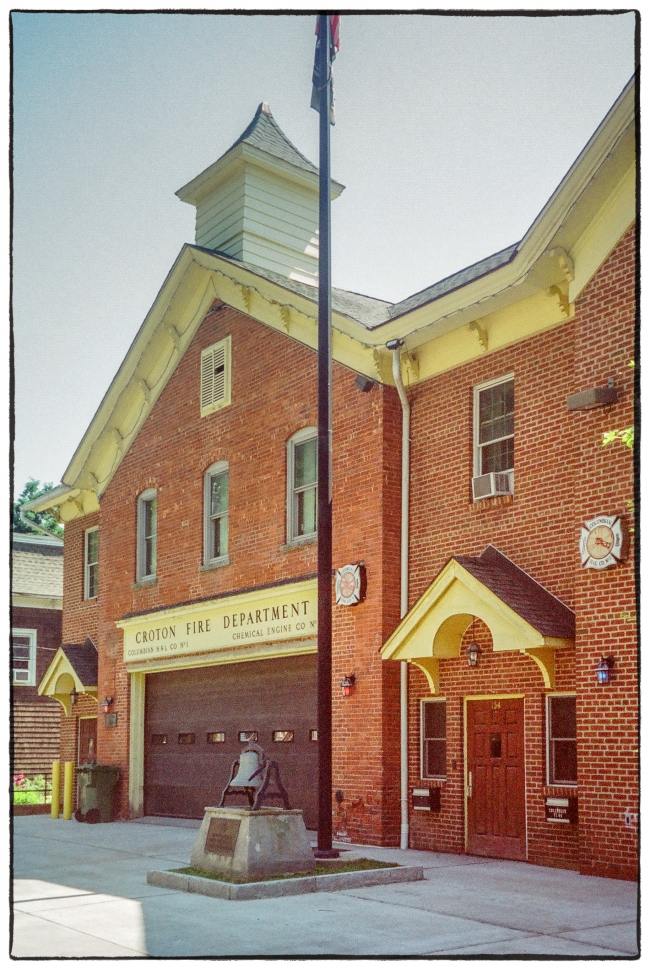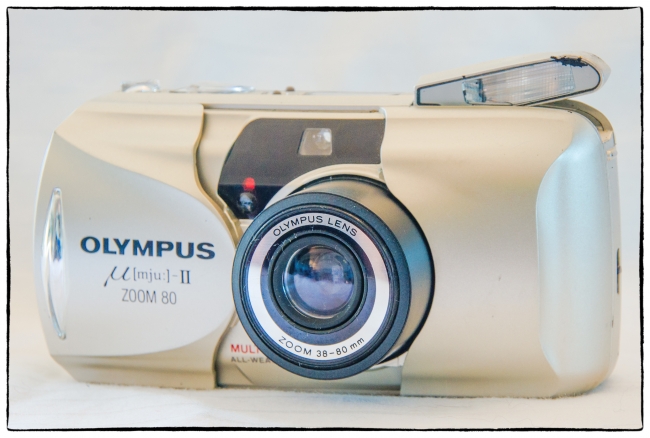The Croton-on-Hudson Fire Department has a lengthy, and interesting section on its history, which includes a number of fascinating historical photographs. I’ve included a summary below, but it’s well worth taking the time to read the entire section.
“Washington Hand Engine Company” founded in 1891 after an inadequate response to a fire. Soon afterwards additional companies were started: “Independent Fire Company” and “Columbian Hook and Ladder Company”.
Because of a poor water supply a The Independent Fire Company adopted a chemical (“soda-acid”) system changed its name to “Chemical Engine Company No. 1“ in 1907.
The Department was motorized in the period between 1917 and 1923 and an alarm system including a steam whistle was also installed during the 1920s. Hydrants were also becoming more widespread.
With the merger of the Croton and Harmon communities, a need for a third pumper company, Harmon Engine Company No. 3 was founded in 1922.
In 1953 two way radio was introduced, in 1954 the first air-pack and the first true ambulance.
The 1970s saw the entry into service of a new ladder truck. Harmon Engine accepted a new pumper.
Washington Engine’s firehouse was replaced with a new building in the 1980s and the department also began to experiment with the use of a water tanker, the first of which had a 2,700 gallon tank.
In June of 1990, the department welcomed a new addition in the form of a 1990 International / Emergency Equipment Inc. 3,300 gallon Tanker/Pumper. In 1992, the Department celebrated its 100th anniversary. The 1990s also saw the introduction of Thermal Imaging Cameras, increased training requirements and the use of “Firefighter Assist & Search Teams (FAST).”
Two events, which I didn’t include in the summary, but which nonetheless are still worth reading involved aircraft:
On October 9, 1972 an air show was the major attraction in Croton, during which the crowd watched as a plane crashed in to the Croton Reservoir. Rescue crews sped into action while the Mastor of Ceremonies, Geraldo Rivera, called for a moment of silent prayer for the pilot. Though search crews scoured the area, the wreck was never found.
…
October 14, 1986 began like any other day for most people, but it quickly became a day for the department to remember. On that day, a small airplane became lost in the dense fog, which blanketed the area. At 10:25 AM it crashed into the house at 31 Elmore Avenue. The pilot died in the crash, the only resident home at the time escaped unharmed while neighbors turned in the alarm. When the department arrived on the scene, flames were rapidly consuming the home. Under the command of Chief Gerald A. Munson, crews advanced multiple hose lines, and the department brought the fire under control quickly, saving most of the structure.
Taken with an Olympus Infinity Stylus Epic Zoom 80


